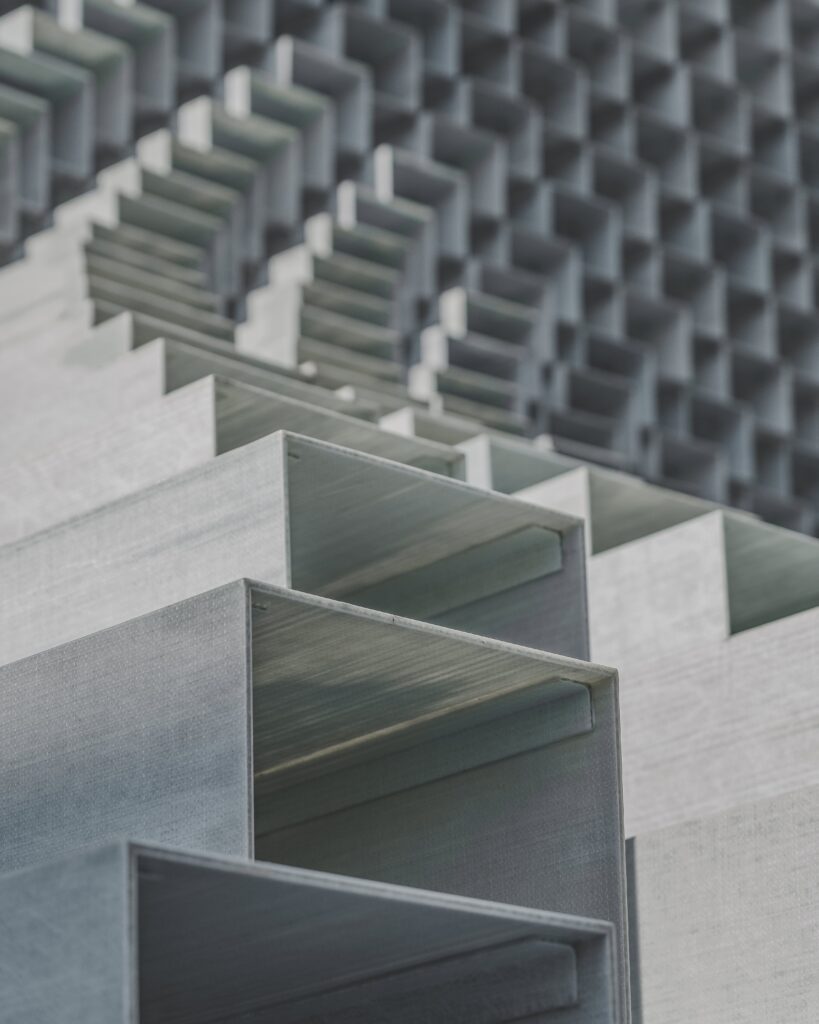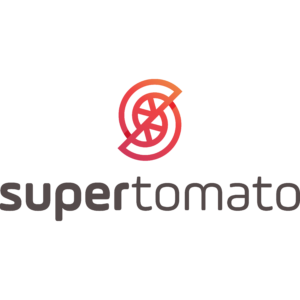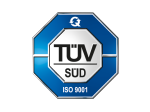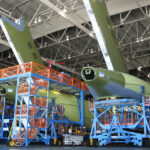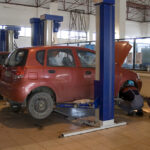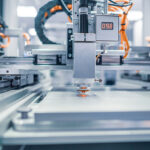Metal fabrication is a crucial component of many industries in Singapore, from construction and architecture to engineering and manufacturing. When it comes to metal fabrication, the choice of metal is an important decision that can impact the final product’s quality, durability, and aesthetics. In this guide, we will explore the most commonly used metals for fabrication in Singapore, their properties, applications, cost, and finishing options.
Steel
Steel is a versatile and durable metal that is widely used in metal fabrication due to its strength and toughness. Steel can be classified into several grades, each with different properties and applications. For example, carbon steel is an affordable and widely used metal that is suitable for structural applications such as building frames, bridges, and pipelines. Stainless steel, on the other hand, is a corrosion-resistant metal that is used in applications that require hygiene, such as food processing and medical equipment.
Steel can be finished in various ways, including painting, powder coating, and galvanizing. Painting and powder coating are popular options for decorative finishes as they offer a wide range of colors and finishes. Galvanizing is a process of coating steel with a layer of zinc to protect it from corrosion and is often used in outdoor applications.
The weight of steel varies depending on the type and thickness. For example, a 25.4 mm thick plate of carbon steel weighs around 78.5 kg per square meter.
Aluminum
Aluminum is a lightweight and corrosion-resistant metal that is commonly used in applications that require a high strength-to-weight ratio, such as aerospace and automotive industries. Aluminum can be classified into several grades, each with different properties and applications. For example, 6061-T6 aluminum is a common grade that is used in structural applications, while 5052-H32 aluminum is used in sheet metal fabrication.
Aluminum can be finished in various ways, including anodizing, painting, and powder coating. Anodizing is an electrolytic process that enhances the natural corrosion resistance of aluminum and produces a range of colors and finishes. Painting and powder coating are also popular options for decorative finishes and provide a durable and attractive finish.
The weight of aluminum is much lighter than steel. A 25.4 mm thick plate of 6061-T6 aluminum weighs around 26.7 kg per square meter.
Copper
Copper is a malleable and ductile metal that is widely used in decorative applications due to its unique color and texture. Copper is also an excellent conductor of electricity and is commonly used in electrical applications.
Copper can be finished in various ways, including patination, polishing, and lacquering. Patination is a process of treating the surface of copper with chemicals to produce a range of colors and patterns. Polishing can produce a shiny and reflective surface, while lacquering can provide a protective coating against tarnishing and corrosion.
Copper is relatively expensive compared to other metals, and its weight is heavier than aluminum and steel. A 25.4 mm thick plate of copper weighs around 87.3 kg per square meter.
Brass
Brass is an alloy of copper and zinc that is commonly used in decorative applications due to its unique color and texture. Brass is also corrosion-resistant and has good machinability. Brass can be finished in various ways, including polishing, patination, and lacquering. Polishing can produce a shiny and reflective surface, while patination can produce a range of colors and patterns. Lacquering can provide a protective coating against tarnishing and corrosion.
Brass is more expensive than steel but less expensive than copper. Its weight is also heavier than aluminum and steel but lighter than copper. A 25.4 mm thick plate of brass weighs around 77.8 kg per square meter.
Titanium
Titanium is a lightweight and corrosion-resistant metal that is commonly used in applications that require high strength and durability, such as aerospace and medical industries. Titanium can be finished in various ways, including anodizing, polishing, and painting. Anodizing produces a range of colors and finishes while enhancing the metal’s corrosion resistance. Polishing can produce a shiny and reflective surface, while painting provides a durable and attractive finish.
Titanium is relatively expensive compared to other metals due to its rarity and difficulty in processing. Its weight is lighter than steel and copper but heavier than aluminum. A 25.4 mm thick plate of titanium weighs around 44.9 kg per square meter.
Conclusion
Choosing the right metal for fabrication depends on several factors, including the application, properties required, and budget. Steel is a versatile and affordable option that is suitable for many applications. Aluminum is a lightweight and corrosion-resistant option that is ideal for applications that require high strength-to-weight ratio. Copper and brass are excellent options for decorative applications due to their unique colors and textures. Titanium is a high-performance option that is ideal for applications that require high strength and durability.
Each metal can be finished in various ways to enhance its properties and aesthetics. Choosing the right finishing option depends on the application and desired result. Painting and powder coating are popular options for decorative finishes, while anodizing and galvanizing are suitable for enhancing the metal’s corrosion resistance.
Understanding the properties and finishing options of commonly used metals in Singapore can help businesses make informed decisions when it comes to metal fabrication.
If you’re looking for reliable and high-quality B2B manufacturing solutions, look no further than Monster Builder! Our expertise in sheet metal fabrication, CNC machining, and 3D printing makes us the go-to choice for your business needs. Contact us today to learn more!

